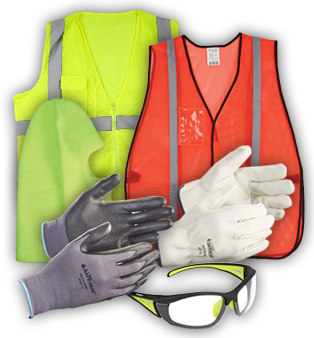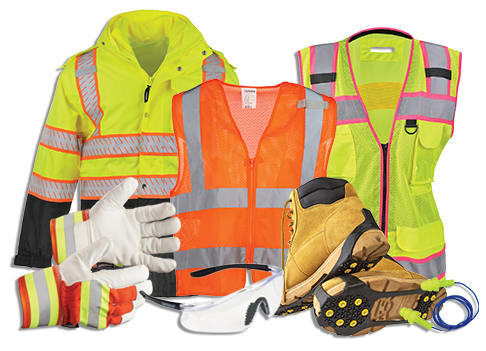June 2023
J. J. Keller® SAFEGEAR® Newsletter - Temporary Worker PPE: A Shared Responsibility
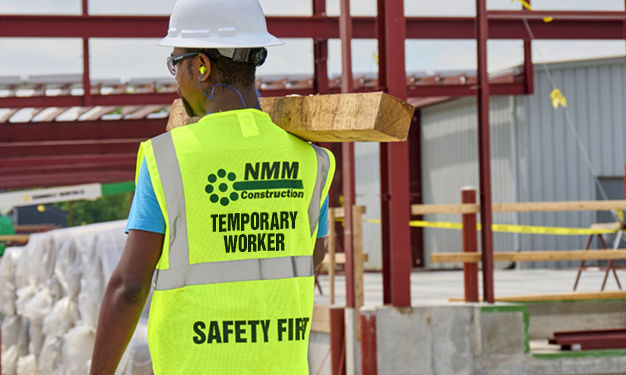
Summer is here and that means vacations, the height of construction season, and an increase in temporary workers. Almost three million people are employed as temporary help annually. No matter what industry workers are in, safety is always priority #1. And that includes temporary workers! Because temporary workers are “new” employees multiple times throughout the year, they must be given clear communication — and the proper PPE — to protect themselves on the job.
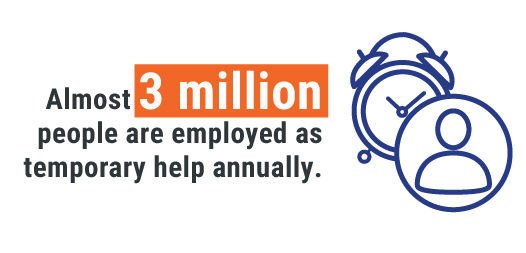
Staffing Agencies
Everyone is responsible for safety, including host employers and staffing agencies. First, however, workers must understand how each plays a role in keeping them safe. The more they know, the better they’ll be able to handle situations they’ll face while on the job.
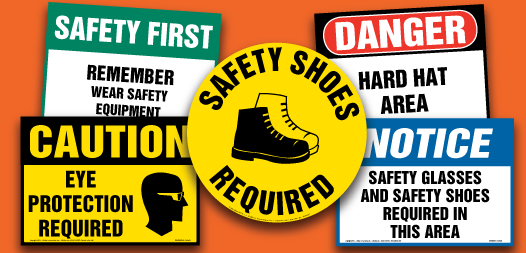
Joint Responsibility
From the moment temporary workers show up to work to when they leave, the staffing agency AND host employer should have a good idea of how to protect workers while on the job. As a temporary employee, they need the same protection as a permanent employee.
During their time as temporary employees, work processes may change. As a result, workers will need to be flexible and understand how best to protect themselves on the job. Once work processes change, host employers should consider the following:
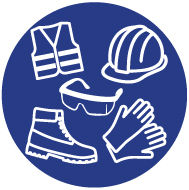
1. Protection — PPE must protect workers from workplace hazards. If processes change, rendering PPE inadequate, workers must tell their host employer or staffing agency, whichever has oversight over PPE training specific to workplace hazards. Saying something as soon as possible can help them avoid dangerous situations.
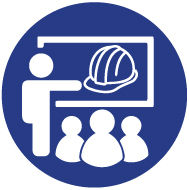
2. Communication — The duties employers share will sometimes overlap. For example, the staffing agency might provide PPE training to the temporary worker. Still, the host employer may provide training on specific hazards workers will face in the workplace, including hazards they’ll face due to process changes. Nonetheless, both must provide clear communication to know what to expect during a job or process change.
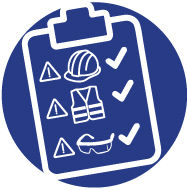
3. Responsibility — Everyone is responsible for safety in the workplace. Workers need to communicate process changes in their workplace to their staffing agency. In contrast, the staffing agency needs to inquire and determine any hazards that necessitate changing the PPE being assigned. For example, suppose the temporary workers work in manufacturing and become exposed to new hazards (i.e., a new machine’s loud noise). In that case, the agency is responsible for inquiring about what PPE will be assigned to protect the worker.
The staffing agency and host employer have many responsibilities, including allowing workers to express their concerns. Temporary workers have the same protections against retaliation as other workers. Let your temporary workers know that if they feel uncomfortable about the hazards in their workplace or their PPE, they should let you know. The staffing agency and host employer must tell workers how to report concerns or work-related injuries and illnesses.
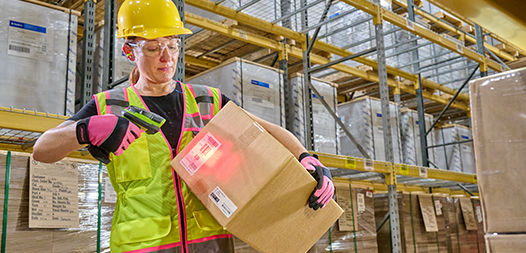
Contractors
If a temporary worker is working for a contractor, they usually only have a job if a customer awards the company work. The construction sector employs almost eight million people. Being a contractor employee can be challenging. Many times, these workers are moved between projects. Workers must ensure they bring their PPE, tools, and equipment to work.
Although the employer will assign these things to workers, they may be required to carry them between projects. Projects aren’t permanent work locations, so workers are in a constant state of mobility. As one project starts up, the company is already bidding ahead on the next several jobs.
The employer, not the host employer or customer, is required to provide workers PPE necessary to perform their work safely. Some host employers or customers may provide PPE in rare instances because of a contractual agreement with the employer. Workers should speak with their specific employer (whoever they’re paid by usually) about their PPE needs and concerns. If they’re a union employee, their union representatives are another source of help.
Protecting temporary workers takes communication, cooperation, and proper PPE. Make sure you’re prepared — whether you are the staffing agency, host employer, or contractor.
NOW SAVE 10% THROUGH JULY 19, 2023 ON J. J. KELLER® SAFEGEAR® PPE*
Make sure you have enough PPE on hand for full-time and temporary workers with J. J. Keller® SAFEGEAR® PPE. Choose from hand, hearing, and head protection as well as high-visibility and seasonal items.
*Excludes Flame-Resistant (FR) Apparel
